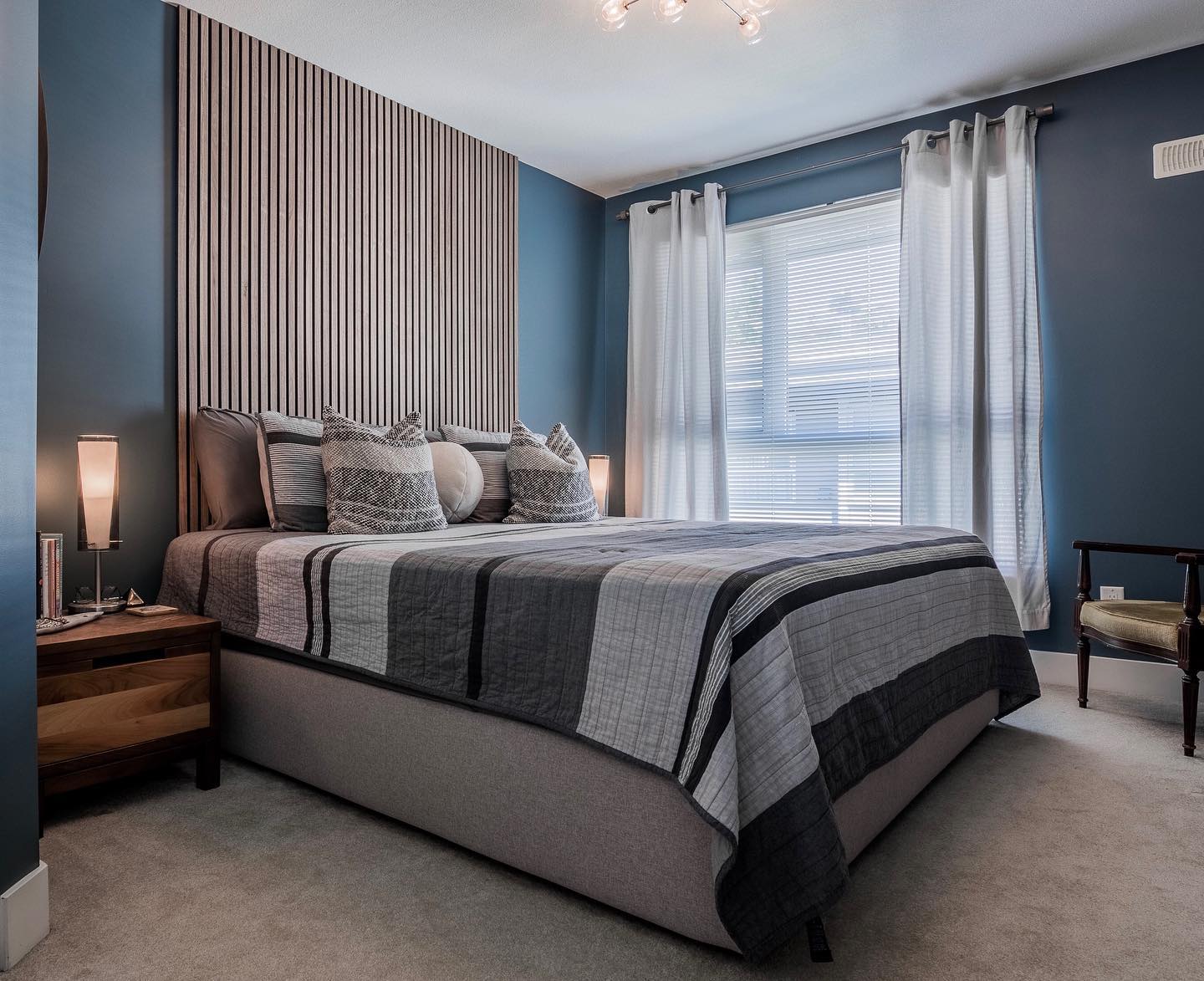When improving your room's acoustics, one common question is whether it’s necessary to cover every wall with acoustic panels. Let’s explore the pros and cons of full-wall coverage and see if it's the best option for your space.
Pros of Covering All Walls with Acoustic Panels:
- Improved Sound Control: Covering all walls with acoustic panels can provide full sound absorption, ensuring the entire room benefits from reduced echo and noise. This is particularly useful in spaces like home theaters or music studios, where sound quality is crucial.
- Uniform Acoustics: Full-wall coverage helps create an even sound environment by reducing unwanted echo. This can be especially helpful in larger rooms or areas with a lot of hard surfaces, which tend to reflect sound.
- Better Noise Isolation: If you live in a noisy area, soundproofing panels can help reduce the impact of external noise, making your space quieter overall and improving comfort.
Cons of Covering All Walls with Acoustic Panels:
- Cost and Time: Installing panels on every wall can be expensive and time-consuming, especially in larger rooms. You may need to purchase a lot of panels, which could add up quickly.
- Aesthetic Concerns: Some people might not like the look of panels covering every wall, particularly if they prefer a more minimalistic or open design. While acoustic panels are available in various styles, full-wall coverage may not always match your décor preferences.
- Over-Absorption: Too many acoustic panels can result in excessive sound absorption, leaving the room feeling too “dead” or lacking in natural reverberation. This might be an issue in spaces like living rooms or casual office spaces, where some level of reverb is desirable.
How to Decide if You Should Cover All Walls with Acoustic Panels
Here are a few things to consider when deciding whether full-wall coverage is right for you:
- Purpose of the Room: If the room is dedicated to a specific purpose like a home theater, music studio, or conference room, full-wall coverage might be ideal for optimal sound control. For general living spaces, it’s often better to treat specific areas where noise or echo is more noticeable.
- Room Size: Smaller rooms typically don’t need full-wall coverage. You can treat only the walls that create the most sound reflection. Larger rooms, however, may benefit more from full-wall acoustic treatment for more balanced acoustics.
- Budget: Full-wall coverage with acoustic panels can be costly. Weigh the benefits of full coverage against your budget. In some cases, strategically placing panels in key areas like corners or behind speakers can provide effective sound control at a lower cost.
- Aesthetic Preferences: If you prefer a more open look, consider covering specific areas, like the rear wall or the wall opposite windows. This way, you can control sound without overwhelming the space visually.
Alternatives to Full-Wall Coverage
If full-wall coverage with acoustic panels isn’t the right fit for you, consider these alternatives:
- Targeted Placement: Focus on the areas with the most sound reflection, like the rear wall or behind speakers, to reduce echo and improve overall acoustics.
- Combine with Other Materials: Use acoustic panels alongside other soundproofing materials, such as curtains, rugs, or soundproof partitions. This can reduce noise without the need to cover all the walls.
- DIY Solutions: If you’re on a budget, consider making your own acoustic panels or using fabric-covered options. These can blend with your décor while still providing effective sound control.
Post time: Nov-13-2024








